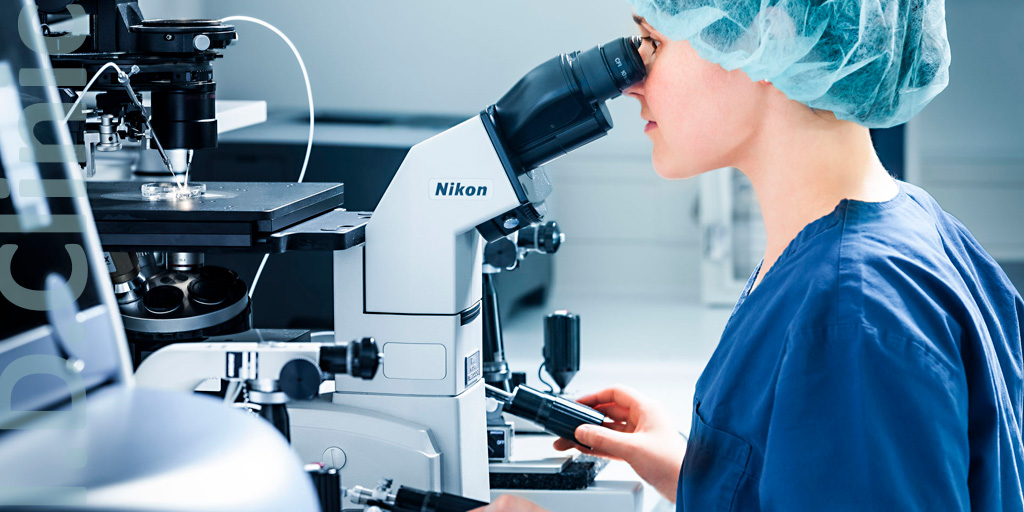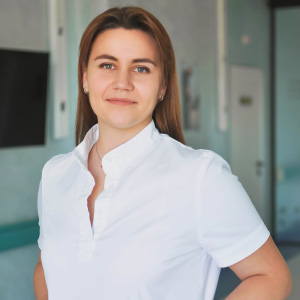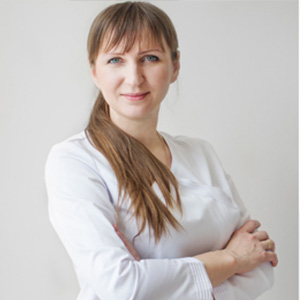
Treatment of infertility
In vitro fertilization programs
The method of in vitro fertilization (IVF) throughout the world is considered the main treatment for both female and male factor infertility. The first test-tube baby born in 1978 was the British girl Louise Brown.
If fertilization does not occur naturally in a woman's body, it can be carried out outside the body. The procedure of in vitro fertilization consists of several stages, each of which is important, and the success of the treatment depends on each of them.
The first stage of IVF
The first stage is controlled ovarian stimulation. During this stage, the patient receives special medications that promote the growth of more than one follicle in each of the ovaries.
It is ovarian stimulation that makes in vitro fertilization an effective method of infertility treatment. After all, as a result of stimulation, not one follicle grows, as it usually happens in the natural cycle, but several.
This type of treatment has already passed the test of time and has been used for several decades. Reproducologists of the I.D.Clinic medical center select drug prescription and dosage schemes based on international recommendations and the needs of each patient.
Treatment is personalized and that is why it does not pose a threat to a woman's health.
Each follicle that has grown must contain an egg inside. In practice, they are usually less. The reason is that not every follicle contains an egg, some follicles may be "empty", some eggs may not be mature enough or simply unable to be fertilized.
The more mature oocytes are obtained, the more embryos there will be, from which you can choose exactly the one that will be transferred to the uterine cavity.
When the follicles reach a certain size, the doctor prescribes a drug, which in turn causes the final maturation of the eggs. This is how the stage of controlled stimulation of the ovaries ends.
The second stage of "artificial" insemination
Retrieval of eggs from the ovaries (puncture of the follicles) is carried out 34-36 hours after the administration of the drug, which contributes to the final maturation of the eggs and their separation from the follicle wall.
The procedure lasts 15-20 minutes, is performed under short-term intravenous anesthesia, that is, the patient sleeps during the puncture and does not feel pain or discomfort.
In just 1-2 hours, after the ovarian puncture, the doctor will tell you about the results of the puncture and determine further treatment.
The third stage of IVF: Fertilization of eggs with sperm
ICSI (Intra Cytoplasmic Sperm Injection) technology is used as a fertilization method in 90% of cases.
This procedure gives confidence that everything possible has been done for fertilization to occur: the sperm, which has been selected with a 400-fold increase, is injected into the egg cell using a microneedle.
The method is popular and widely used due to its high reliability.
After fertilization, the process of embryo cultivation begins. Fertilized eggs are placed in a special environment. Then, the process of embryo cultivation takes place in the incubator for the required period of time - from 2 to 6 days.
The next stage is embryo transfer. It is carried out on the 5th day after the puncture (if you count the day of the puncture as zero). Most often, embryos are transferred at the blastocyst stage (day 5-6).
If the embryo is not transferred into the uterine cavity, it is subject to freezing, i.e. cryopreservation.
Make an appointment
After receiving the application, the Center Administrator will contact you as soon as possible to confirm the registration.







